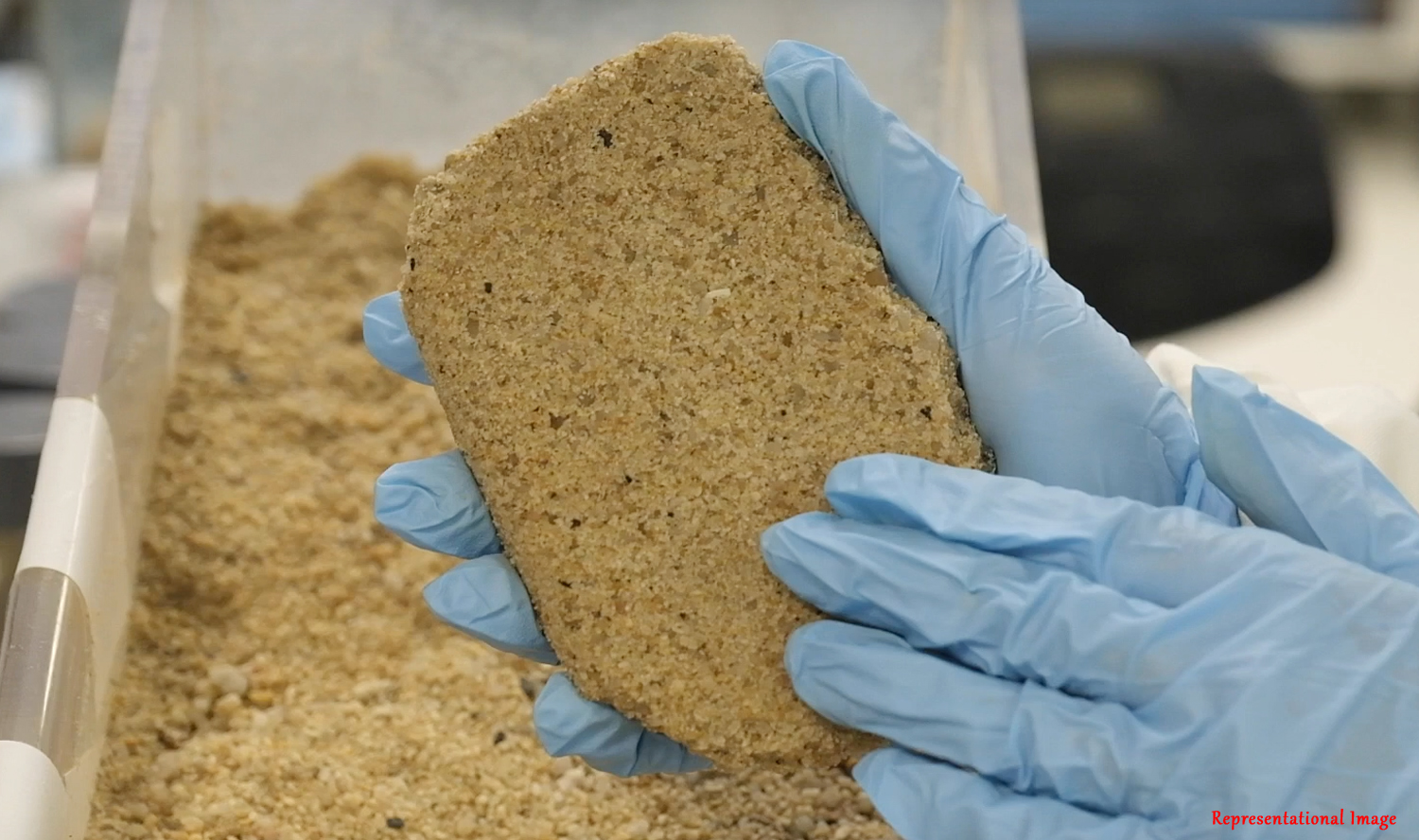
Welcome, Gen Z! Welcome to the future of work! We understand your need and we appreciate your drive and recognize your strengths. We no longer treat you like cogs in the work machine. You are unique! You are you!
The workplace is changing. The current employees in the workforce which include Generation Z and younger millennials, want something more from the workplace. They want to be recognized for their abilities, and they want to be appreciated. They expect the organisations to consider their strengths, and hold meaning for them.
Not only that, but the pandemic, and the significant shift in how work is approached because of technological advancements, and market demands, has shown new light on innovation as a crucial factor in effectively addressing and adapting to these transformations.
Many firms are now seeing the value of their employees. They are now regarded as intangible assets. They play a central role in driving innovation, and one such employee-led innovation is innovative work behaviour (IWB).
IWB is the intentional generation, promotion, and application of ideas, products, or services to benefit individuals, groups, or society.
IWB goes beyond role-specific expectations and is discretionary without formal employee rewards. However, there is limited understanding of how to stimulate and engage employees in IWB.

In this study, the authors Ms. Gayathri Janapati and Prof. V. Vijayalakshmi from the Department of Management Studies, Indian Institute of Technology Madras, Chennai, India, have undertaken a narrative literature review (NLR), going through several literature on IWB and positive organisational behaviour (POB), which motivated them to consider character strengths (CS) in relation to IWB. CS looks into employees’ internal positive traits to stimulate IWB.
There are 24 CS organised into six universally valued virtues which are – wisdom and knowledge, courage, humanity, justice, temperance, and transcendence.
Each of these is unique in motivating employees’ behaviour towards IWB.
For example, the love of learning, which comes under wisdom, motivates employees to engage in informal learning, thus enhancing innovativeness.
Zest, which comes under courage, helps employees to approach life with energy and excitement, thus helping them to actively engage in one’s endeavours, thus enabling them to enthusiastically participate in IWB.
Similarly, having a sense of humour, which comes under transcendence, helps employees to maintain a composed and cheerful perspective in the face of adversity, while also enabling them to see the lighter side of things and have a positive mood. Like these, there are many other character strengths that can help to stimulate IWB.
Based on the previous studies, the authors found that integrating social cognitive theory (SCT), which proposes self-efficacy as a crucial determinant of behaviour, and other theories of creativity, lead to consider creative self-efficacy (CSE) as a pathway through which CS increase IWB.
CSE refers to the individuals’ belief in their ability to develop unique and beneficial ideas.
The authors propose that CSE is related to CS and IWB, and plays a mediating role in this behaviour.
The growth mindset (GM), or the ability of an employee to adapt to change and development, and the role of the work environment to influence the employee, also known as learning organization (LO), could act as moderators, influencing how CS can transform IWB.
To the best of the authors’ knowledge, this is the first time a research has considered CS and other environmental factors to lead to IWB. No paper has considered all three concepts of CS, CSE, and IWB together.
This study is relevant to both everyday work, and for crisis situations as well. This study supports a strengths-based perspective to improve and sustain employees’ IWB.
Future research could use this model to study and explain the relationships empirically.
The perspective of this paper is from a positive lens, which can steer the spotlight onto opportunities, strengths, and organisational resources.
To conclude, organisations need not look for external resources to enhance the skills of their employees, who are valued assets. Organisations need not wait for a crisis situation to occur to get the most from their employees. They can be proactive instead of reactive. The framework developed in this study puts together previously unexplored relationships, and bridges the gap between academia and the practice of POB. A workable solution is proposed here for several unfavourable and avoidable outcomes.
Further research is required in this field.
Prof. Karen Dobkins, Professor of Psychology, at the University of California San Diego, La Jolla, California, gave an appreciative analysis of the work done by the authors with the following comments: “The article by Janapati and Vijayalakshmi entitled “Counting on strengths: harnessing character strengths to stimulate innovative work behaviour” adds significantly to the growing dialogue regarding what factors create the most effective workplace. This is a timely topic in light of ever-changing technological advancements and market demands, which the authors address with a conceptual model proposing how work life could be more productive and meaningful for the individual, as well as the organization.
Specifically, the authors outline a new model in which leveraging one’s character strengths (CS) (determined from a survey created by Peterson and Seligman) could help them realize their own potential in the workplace, which ultimately results in more innovative work behaviour (IWB) and higher well-being in the workplace. The authors propose that the positive relationship between exercising one’s CS and IWB may work through enhancing creative self-efficacy, and they are quite thoughtful in positing the mechanisms whereby specific character strengths (e.g., curiosity, zest, social intelligence and humor) could take action.
Moreover, the authors take a deeply scholarly approach to integrate the many different theories of motivated behaviors — which until now, have been somewhat isolated from one another, into a single model of the different forces driving IWB. Importantly, their model is testable, either in a laboratory setting, in which the environment of a workplace is simulated, or in an actual workplace where the components of their model are tested in a longitudinal fashion.
In sum, the article by Janapati and Vijayalakshmi is a quite innovative approach to understanding effectiveness in the workplace. If their model for IWB proves correct, we must assume that each author leaned on their respective character strengths to generate this valuable treatise.”
Article by Akshay Anantharaman
Click here for the original link to the paper










